Coastlines
A coastline is the area where land meets the sea or ocean. It is a dynamic and ever-changing environment shaped by the forces of erosion, deposition, and tectonic activity.
Formation of Coastlines
Coastlines can be formed through various processes including:
- Erosion: The wearing away of land by the action of water, wind, and ice.
- Deposition: The process by which sediments and rocks are added to a landform or landmass.
- Tectonic activity: The movement of the Earth's crust, including processes such as earthquakes and volcanic eruptions, which can alter the shape of coastlines.
Types of Coastlines
There are several types of coastlines, including:
- Sandy coastlines: Formed by the deposition of sand and other sediments, often shaped by the action of waves and currents.
- Rocky coastlines: Characterized by rugged cliffs and rocky shores, formed through processes such as erosion and tectonic activity.
- Muddy coastlines: Typically found in areas with high levels of sedimentation and organic matter accumulation.
Features of Coastlines
Coastlines are home to a variety of unique features, including:
- Beaches: Areas of sandy or pebbly shoreline that are often popular for recreation and relaxation.
- Cliffs: Steep, vertical rock faces that form as a result of erosion and tectonic activity.
- Headlands and bays: Prominent coastal features created by the differential erosion of rock layers.
- Estuaries: Semi-enclosed coastal bodies of water where freshwater from rivers and streams meets and mixes with seawater.
Study Guide
Here are some key points to remember when studying coastlines:
- What are the main processes that shape coastlines?
- List and describe the different types of coastlines.
- Identify and explain the features commonly found along coastlines.
- Discuss the impact of human activities on coastlines and the importance of protecting these environments.
Understanding coastlines is important for understanding Earth's natural processes and for addressing environmental issues related to coastal areas. Be sure to review the key concepts and study the unique features of different types of coastlines.
[Coastlines] Related Worksheets and Study Guides:
.◂Science Worksheets and Study Guides Third Grade. Grouping of Animals
Study Guide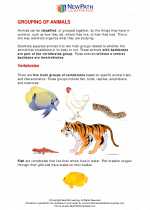 Grouping of Animals
Grouping of Animals  Activity Lesson
Activity Lesson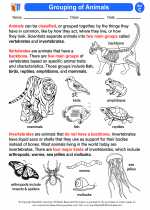 Grouping of Animals
Grouping of Animals  Worksheet/Answer key
Worksheet/Answer key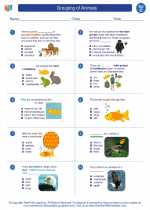 Grouping of Animals
Grouping of Animals  Worksheet/Answer key
Worksheet/Answer key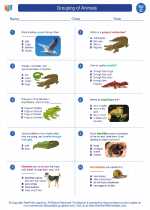 Grouping of Animals
Grouping of Animals  Worksheet/Answer key
Worksheet/Answer key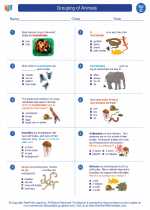 Grouping of Animals
Grouping of Animals  Worksheet/Answer key
Worksheet/Answer key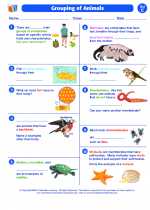 Grouping of Animals
Grouping of Animals  Vocabulary/Answer key
Vocabulary/Answer key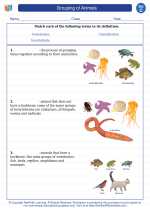 Grouping of Animals
Grouping of Animals 

 Activity Lesson
Activity Lesson
 Worksheet/Answer key
Worksheet/Answer key
 Worksheet/Answer key
Worksheet/Answer key
 Worksheet/Answer key
Worksheet/Answer key
 Worksheet/Answer key
Worksheet/Answer key
 Vocabulary/Answer key
Vocabulary/Answer key

The resources above cover the following skills:
LIFE SCIENCE
From Molecules to Organisms: Structures and Processes
Create representations to explain the unique and diverse life cycles of organisms other than humans (e.g., flowering plants, frogs, butterflies), including commonalities such as birth, growth, reproduction, and death.